St Jude’s recently celebrated our 7th Annual Cultural Day!
For Cultural Day 2016, our students are letting you know what you should (but probably don’t) know about Tanzanian culture.
“People may know that we have many different tribes with their own traditions, like Maasai, but what they don’t know is that unlike other countries, people in Tanzania are not limited in showing their different cultures. We combine so many different traditions to make one very good national culture.” - Evance, Form 4
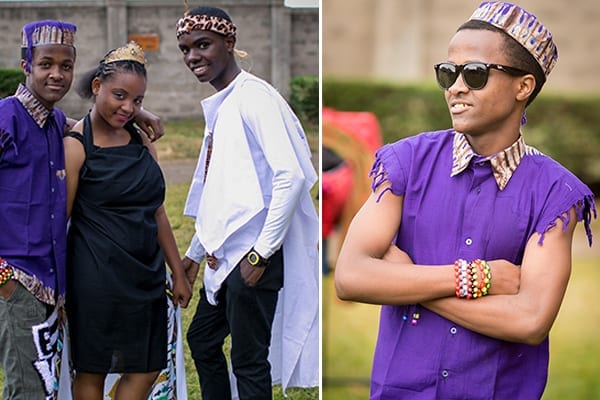
What do you want people to know about Tanzanian culture?
Environment
Tanzania is known for the highest mountain in Africa, Mt Kilimanjaro, the Cradle of Mankind, Olduvai Gorge, and of course the Serengeti.
“I think that people should know how Tanzanian culture is very close to nature, most cultural things are made of nature, handmade and derived from the environment in which people live,” Evance said.
“We have the most protected natural areas and national parks in the world and the most precious wood in our mpingo tree.”
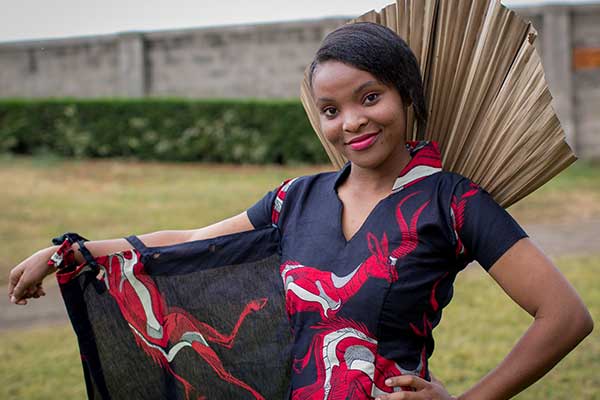
Community
The literal translation of the Swahili word 'undugu' is 'relative', but our students say it means much more than that.
“The most important part of our culture is community, we are all joined together,” Evance said.
“If you get successful you should help those that are behind you so you can also bring them to success. That is the meaning of our word undugu – we should all be like lights to each other.”
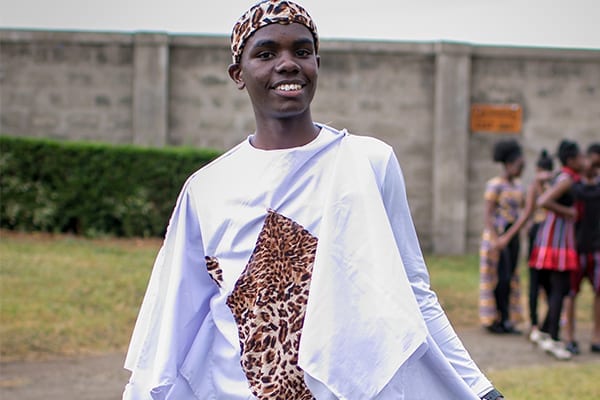
Language
There are over 120 languages spoken in Tanzania. Swahili is the most spoken language, as well as the most spoken African language on the continent.
“I wish more people from outside knew Tanzanian culture through our shared language, it is so special. Our food and dressing style, they can see when they visit, but Swahili is so beautiful, it gives shape to our shared culture and is so full of respect and goodness,” Robert in Form 4 said.
“For example when you meet someone who is older and that you should respect, you say ‘shikamoo’. Its meaning is ‘I kneel to you’.”
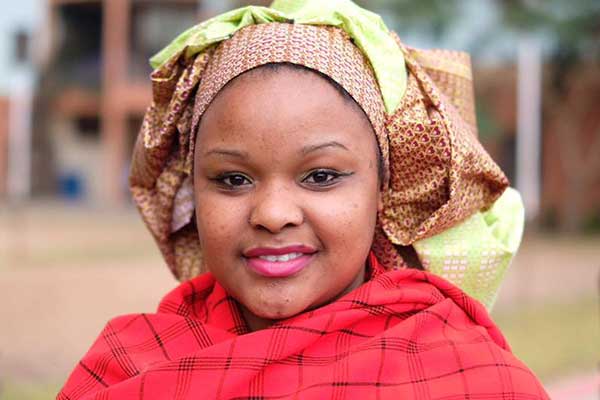
Respect for elders
Honor the elders, even if they are not yours. - Swahili proverb
“It is our culture to respect elders and it is good because they know many things that you do not know yet and they can teach you good and bad things,” Pascal in Form 4 said.
“Our culture is firstly about respect. This means that different religions and classes have peace between each other. It is not possible for fights to happen with other countries because of our culture of respect, everything is settled within ourselves,” Rehema in Form 4 said.
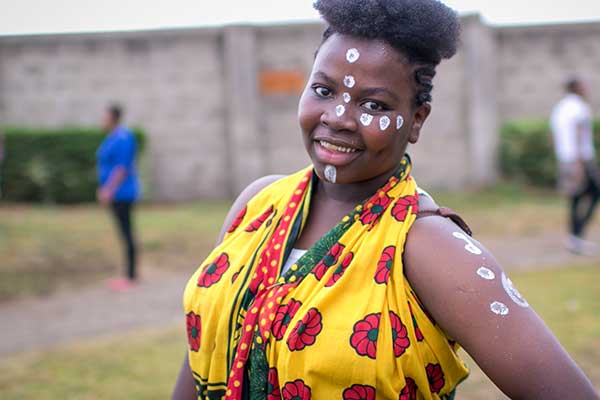
Politics
Tanzania’s first President Julius Kambarage Nyerere, was known as Baba wa Taifa – Father of the Nation. Nyerere was a key player in forming the Organisation of African Unity, which later became the African Union.
“Other countries in the world, when they got independence there was fighting and wars. Tanzania, ever since independence, has been peaceful, there is respect between tribes and religions,” Shani in Form 1 said.
“This is because of the great Julius Nyerere, the father of our nation. He wanted us all to have peace, be proud of our culture and be Tanzanian first and together.”
Travel through time and join us for Cultural Day 2016: Flip through our Flickr album.
Last year, our students, who represent 61 of over 130 tribes in Tanzania, shared some of their respective cultural backgrounds with you.
If you’d like to learn more about Tanzanian culture from our students or see Cultural Day 2017 for yourself – come visit us!